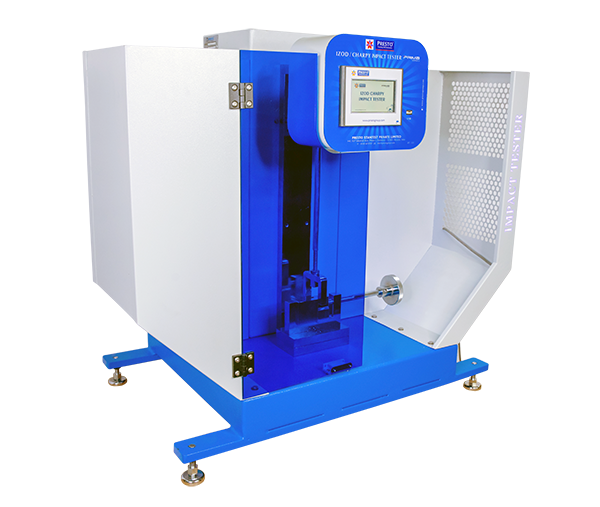In the world of material science and engineering, understanding the toughness and durability of materials is crucial. Two of the most widely used methods for evaluating the impact resistance of materials are the Izod Impact Test and the Charpy Impact Test. Both tests are essential for determining how a material will behave under sudden force, but they differ in their approach and application. This blog will delve into the Izod Charpy Impact Tester, the differences between the two tests, and their significance in material testing.
What is an Izod Impact Test?
The Izod Impact Test is a standardized method used to measure the impact strength of materials, particularly plastics and metals. The test involves striking a notched sample with a pendulum hammer and measuring the energy absorbed by the material during fracture. The Izod Impact Tester is the equipment used to conduct this test, and it provides valuable data on the material's ability to withstand sudden impacts.
The test specimen is typically clamped vertically in the Izod Impact Tester, with the notch facing the striker. When the pendulum is released, it swings down and strikes the specimen, causing it to fracture. The energy absorbed by the specimen is calculated based on the height of the pendulum swing before and after the impact. This energy value is a direct indicator of the material's toughness.
What is a Charpy Impact Test?
The Charpy Impact Test is another widely used method for measuring the impact resistance of materials. Like the Izod test, it involves striking a notched specimen with a pendulum hammer. However, the key difference lies in the orientation of the specimen. In the Charpy test, the specimen is placed horizontally, and the notch is positioned away from the striker.
The Charpy Impact Tester is designed to measure the energy absorbed by the specimen during fracture, similar to the Izod test. The results from the Charpy test are used to assess the material's ability to absorb energy and resist fracture under impact loading.
Difference Between Izod and Charpy Test
While both tests aim to measure the impact strength of materials, there are several key differences between the Izod and Charpy Impact Tests:
- Specimen Orientation: In the Izod test, the specimen is clamped vertically with the notch facing the striker. In contrast, the Charpy test places the specimen horizontally with the notch facing away from the striker.
- Notch Position: The notch in the Izod test is positioned at the point of impact, while in the Charpy test, the notch is on the opposite side of the impact.
- Energy Calculation: Both tests measure the energy absorbed by the specimen during fracture, but the calculations and testing conditions may vary slightly.
- Applications: The Izod test is more commonly used for plastics and metals, while the Charpy test is often used for metals, especially in the construction and automotive industries.
Izod vs Charpy Impact: Which Test to Use?
The choice between the Izod and Charpy Impact Tests depends on the material being tested and the specific requirements of the application. Both tests provide valuable insights into the material's toughness, but they are suited for different scenarios.
- Izod Impact Test: Ideal for testing plastics and metals where the material's resistance to impact is critical. It is commonly used in industries where materials are subjected to sudden forces, such as in the manufacturing of consumer goods and automotive components.
- Charpy Impact Test: More suited for metals, especially in applications where the material's ability to absorb energy is crucial, such as in construction and structural engineering.
Conclusion
The Izod Charpy Impact Tester is an indispensable tool in material testing, providing critical data on the impact resistance of various materials. Understanding the differences between the Izod and Charpy Impact Tests is essential for selecting the right test for your specific needs. Whether you're testing plastics, metals, or other materials, both tests offer valuable insights into how a material will perform under impact loading.
By leveraging the capabilities of the Izod Impact Tester and the Charpy Impact Tester, engineers and material scientists can make informed decisions about material selection, ensuring the safety and durability of their products. Whether you're conducting an Izod Impact Test or a Charpy Impact Test, the data obtained will be instrumental in advancing your understanding of material toughness and impact resistance.






Comments